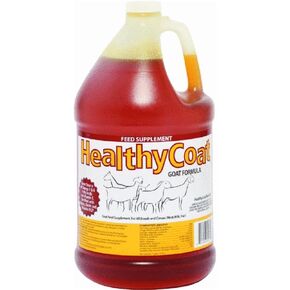- Shopping, made easy.
- /
- Get the app!
Treat Our Horse Like Family and Take Good Care of Them!
Proper bandaging technique and types of bandages in horse Bandaging can provide both protection and support for the horse while working, traveling, resting, or recovering from injury. A good rule for bandage tightness is to thump the bandage.
if you flick it hard with your finger, should resonate a sound similar to that obtained when thumping a ripe melon.
The sound of the thump can differ depending on the material, but the general idea is that the bandage should be uniformly tight.
Follow the basic guideline when bandaging a horse's leg:
1. Start with clean, dry legs and bandages. If there is a wound, make sure it has been cleaned, rinsed, and dressed according to your veterinarian's recommendations.
2. Use a thickness of an inch or more of soft, clean padding to protect the leg beneath the bandage. Apply padding so it lies flat and wrinkle-free against the skin.
3. Start the wrap on the inside of the cannon bone above the fetlock joint. Do not begin or end over a joint, as movement will tend to loosen the bandage and cause it to unwrap.
4. Wrap the leg from front to back, outside to inside (counterclockwise on left legs, clockwise on right legs).
5. Wrap in a spiral pattern, working down the leg and up again, overlapping the preceding layer by 50 percent.
6. Do not wrap the legs too tightly, creating pressure points.
7. Avoid applying bandages too loosely. If loose bandages slip, they will not provide proper support and may endanger the horse.
8. Leg padding and bandages should extend below the coronet band of the hoof to protect the area.
9. Extend the bandages to within one-half inch of the padding at the top and bottom.
If there is a potential problem with bedding or debris getting into the bandage, seal the openings with a loose wrap of flexible adhesive bandage.
 HealthyCoat Goat Formula Supplement: Gallon. Skin, Coat, Body Condition, Allergies, Immune System, Milk Production
KWD 18.500
HealthyCoat Goat Formula Supplement: Gallon. Skin, Coat, Body Condition, Allergies, Immune System, Milk Production
KWD 18.500
 Kentucky Performance Neigh-Lox Digestive Supplement for Horses, 3.5 Pound Container
KWD 21
Kentucky Performance Neigh-Lox Digestive Supplement for Horses, 3.5 Pound Container
KWD 21
 Med-Vet Pharmaceuticals Biotin II 22X (5lb) Hoof Supplement for Horses
KWD 25
Med-Vet Pharmaceuticals Biotin II 22X (5lb) Hoof Supplement for Horses
KWD 25
 Healing Tree Products 36304, 16 oz Tea Pro Equine Wound Spray
KWD 9
Healing Tree Products 36304, 16 oz Tea Pro Equine Wound Spray
KWD 9